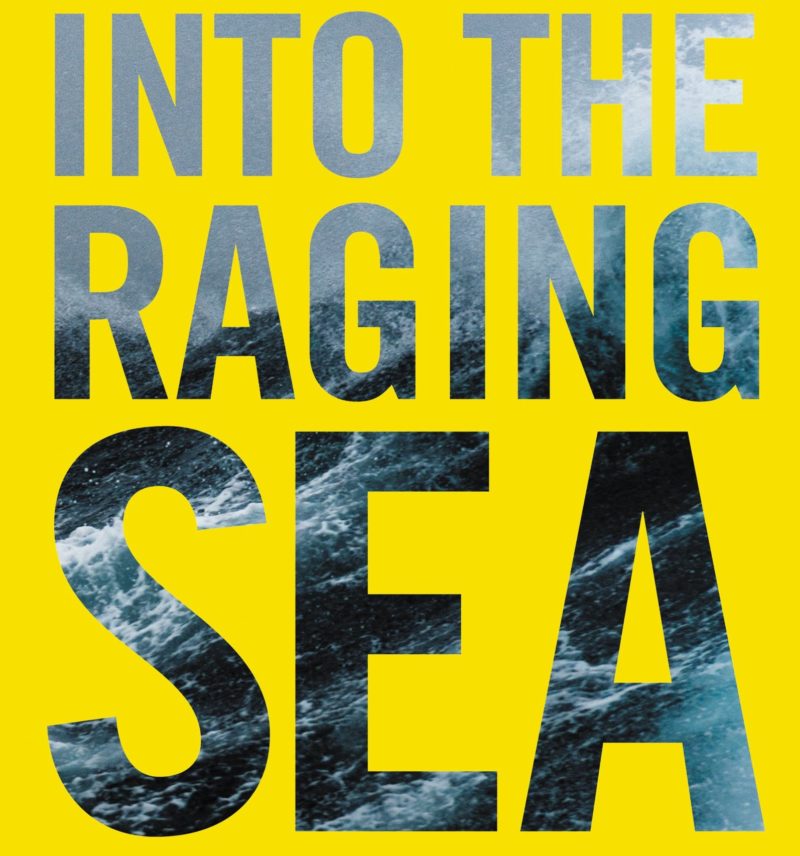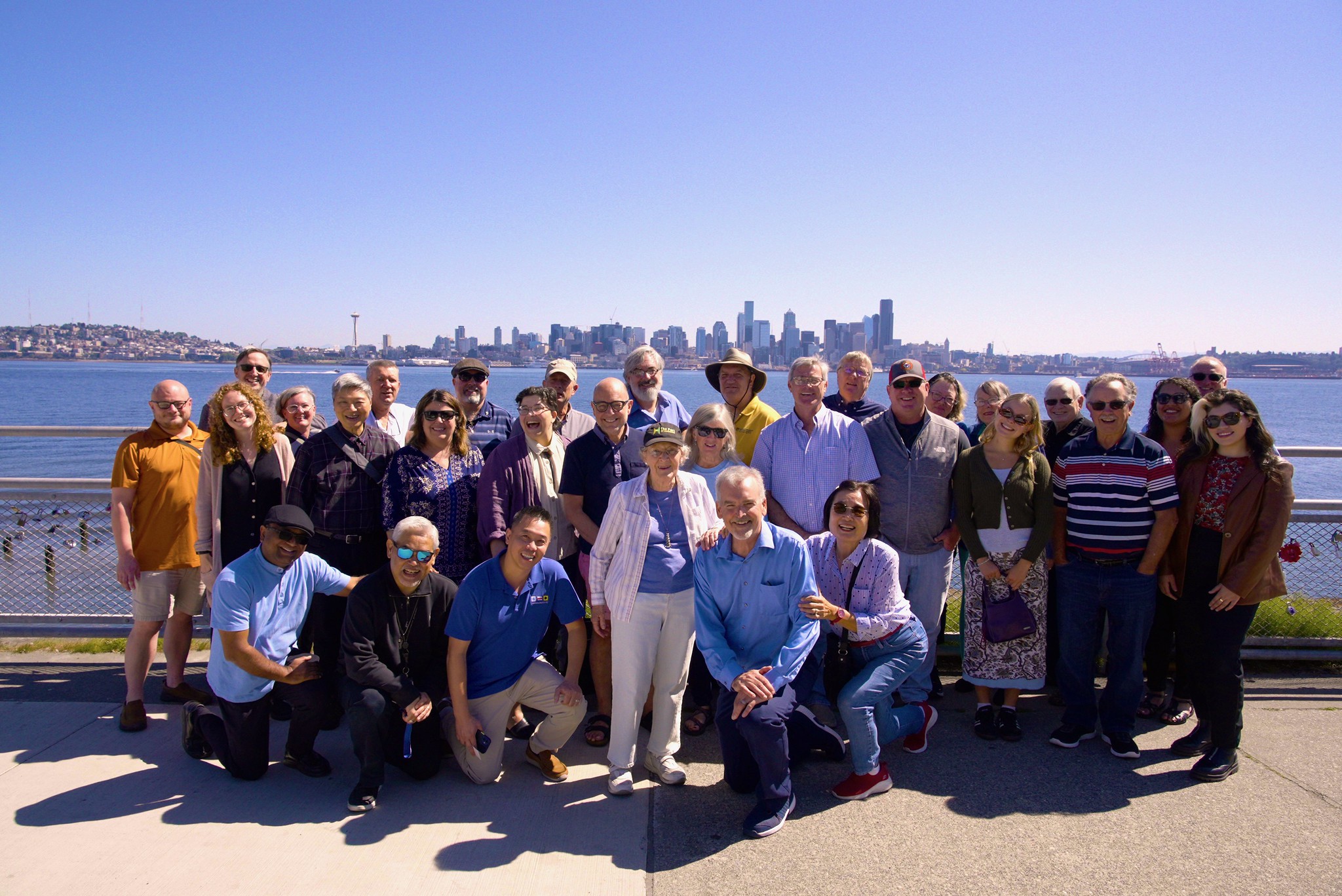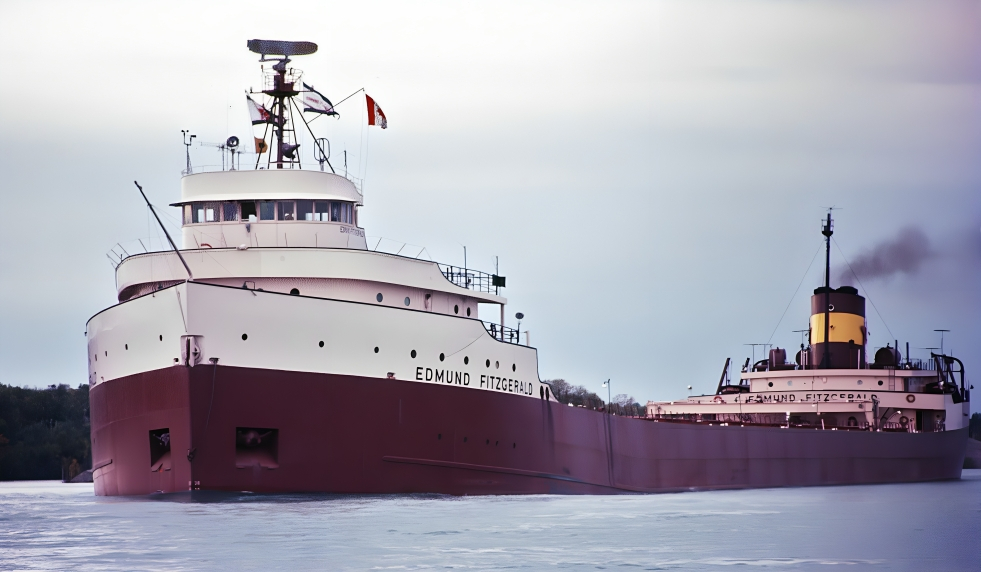Rachel Slade, Into the Raging Sea: Thirty-Three Mariners, One Megastorm and the Sinking of El Faro. Ecco, 2018.
On October 1, 2015, Hurricane Joaquin brought down the El Faro along with every member of its 33-person crew. Boston-based journalist Rachel Slade’s Into the Raging Sea depicts this tragedy in slow-motion, helping understand how a number of small mistakes and misunderstandings led to ruin. Slade’s investigation makes use of the interviews of hundreds of individuals involved in the disaster, but it relies most significantly on the voices of the crew themselves, recovered from the ship’s data recorder on the ocean floor.
Much of the Slade’s work is a kind of commentary on what is heard in the El Faro’s data recording: understanding what is said, who said it, and its implications, and then deftly weaving information from family and colleagues into the narrative. As the story unfolds, we better understand how out-of-date weather data, communication gaps, personal challenges, a faulty watertight scuttle that led to loss of ship propulsion, and open lifeboats all contributed to loss of all hands. The backstories of the captain and officers explained by Slade are revealing: whether or not the personal challenges and decisions of each seafarer did in fact contribute tragedy in the ways Slade suggests, it was illuminating to read about the issues faced by modern American seafarers. The backstory that receives the most coverage, however, is doubtless that about the ship and the company. The SS El Faro was only weeks away from being replaced on the run to Puerto Rico by a newly built ship. In the months and years since the tragedy, much time has been spent analyzing how such a loss can be avoided in the future.
Slade is an excellent writer and the book is absolutely captivating – it reads like a novel. However, it might best be read alongside books that have additional nuance on the whys and the hows of modern global shipping and specific issues such as cabotage. Slade finishes the book with these comments:
Corporations may always fight for deregulation (euphemistically known as small government). And taxpayers will always pick up the bill. It’s incredible to think that all the money the government and TOTE ‘saved’ by cutting corners over the years was spent many times over following the accident—first to finance the massive search-and-rescue effort and then to cover the cost of the three VDR recovery missions, which alone totaled more than $3 million. Not to mention the countless hours the US Coast Guard and the NTSB devoted to investigating the sinking. And, most importantly, the deaths of thirty-three men and women—people who were only doing their jobs—and the immeasurable suffering of those who loved them… It’s the same twisted math that prevents us from investing in renewable infrastructure while committing billions of tax dollars to subsidize America’s petroleum industry.
I question whether these comments are the appropriate conclusion to the book, as they may distract from the goals of advocating for seafarers’ safety and memorializing the dead. Is Slade’s final thought for her readers to push for America to invest in renewable energy? If this is the end point, what shapte does that give to the rest of the narrative?
Review by Jason Zuidema




